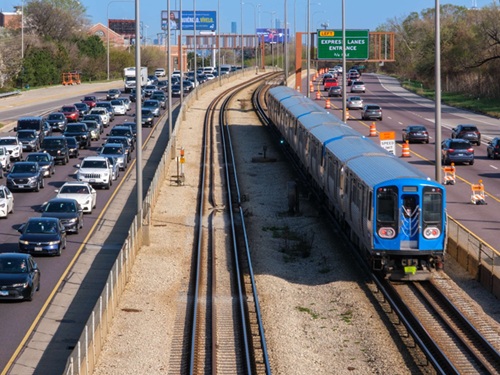The U.S. Department of Transportation recently highlighted key focus areas with its spring regulatory agenda, particularly where “climate justice” and autonomous vehicles or AVs are concerned.
[Above photo by the USDOT]
The agency noted that President Biden has committed his administration to reducing greenhouse gas or GHG emissions by at least 50 percent by 2030. To help meet that goal, USDOT’s regulatory agenda includes setting fuel economy standards for light-duty vehicles (under the purview of the National Highway Traffic Safety Administration) and re-establishing a GHG emissions performance measure for state and metropolitan planning (under the purview of the Federal Highway Administration).

Where highway safety is concerned, USDOT plans to require heavy- and light-duty vehicles be equipped with automatic emergency braking or AEB systems (via a NHTSA rulemaking) while continuing FHWA’s efforts to revise the Manual on Uniform Traffic Control Devices for Streets and Highways or MUTCD, underway since December 2020.
[Editor’s note: The American Association of State Highway and Transportation Officials has been urging the FHWA to continue forward with its MUTCD update effort, despite calls to re-start the revision process.]
USDOT also plans to establish and require “rigorous testing standards” for autonomous vehicles or AVs and establish a national incident database for crashes involving AVs, while creating a “safe, predictable environment” for AV “evolution.” The agency said NHTSA would spearhead those efforts through three separate rulemaking initiatives.
Other regulatory efforts USDOT plans to pursue this spring include supporting and expanding the use of “Buy American” provisions, improve disadvantaged business enterprise or DBE programs, plus modernizing the certification process for unmanned aerial vehicles or drones.
 Nation
Nation


